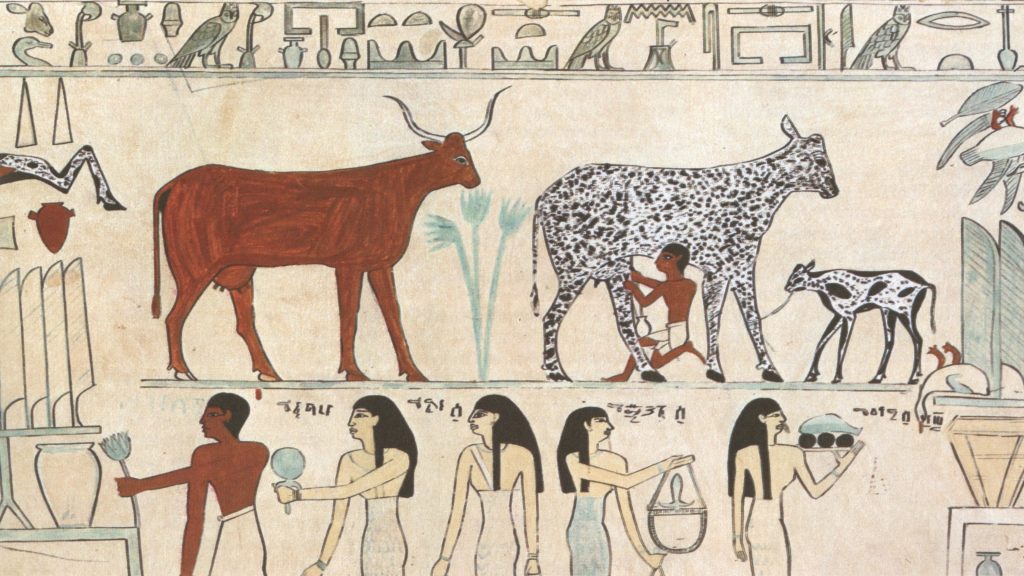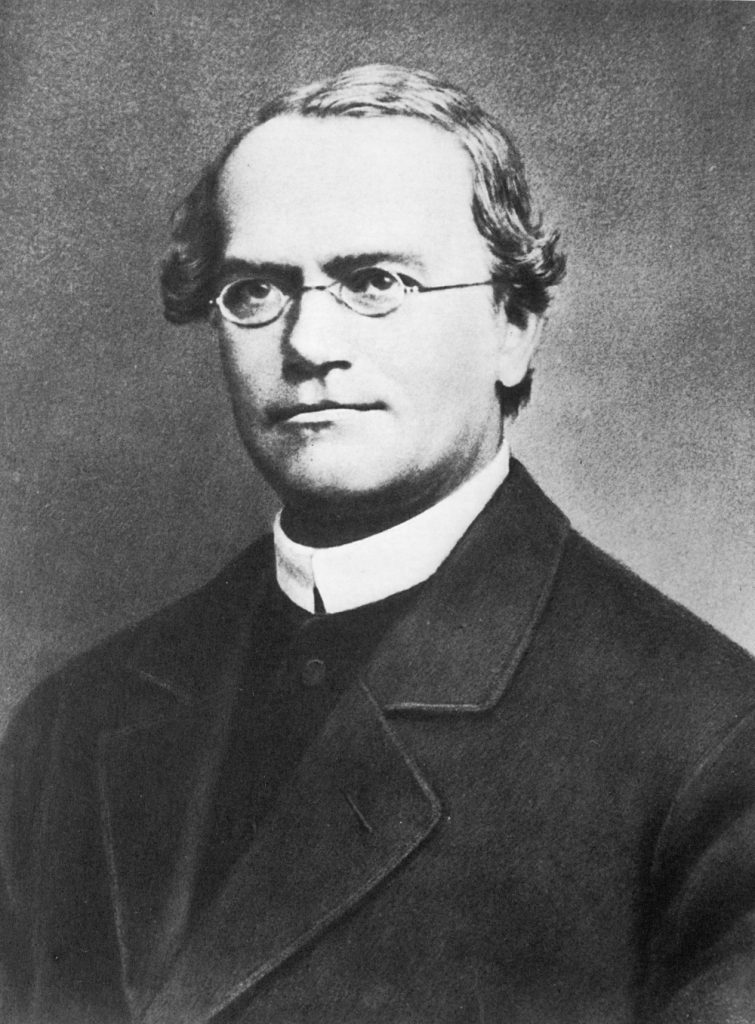19.1 Foundations of Modern Genetics
Before Mendel
Genetics is the study of heredity. Humans have had an intuitive understanding of genetics for thousands of years. They certainly knew that children looked like their parents, and that siblings often shared traits. In addition, many civilizations practiced genetics in the form of selective breeding of domestic plant and animal species.

However, despite this intuitive and practical understanding of genetics, a detailed understanding of the mechanisms of genetics was not known until Gregor Mendel’s work. The main idea that was accepted by the scientific community was the model of blending inheritance. This model asserted that the process of inheritance involved a blending of parental traits that produced an intermediate physical appearance in offspring. This model appears, in some cases, to be correct because of continuous variation. We see continuous variation in traits like human height or skin color. When a trait is influenced by many genes, offspring often (though not always) appear to be a “blend” of their parents’ traits.
However, not all variation is continuous. Some variation is discontinuous, meaning that there are a small number of possibilities, and they fall into discrete categories. An example of discontinuous variation is human ABO blood type, which can be A, B, AB, or O.
Although some early scientists realized that exceptions to blending inheritance existed, no one was able to replace this incorrect model with an accurate theory of genetics, until Mendel.
About Gregor Mendel
Johann Gregor Mendel set the framework for genetics long before chromosomes or genes had been identified. Mendel selected a simple biological system and conducted methodical, quantitative analyses using large sample sizes. Because of Mendel’s work, the fundamental principles of heredity were revealed. We now know that genes, carried on chromosomes, are the basic functional units of heredity with the capability to be replicated, expressed, or mutated. Today, the postulates put forth by Mendel form the basis of classical, or Mendelian, genetics. Not all genes are transmitted from parents to offspring according to Mendelian genetics, but Mendel’s experiments serve as an excellent starting point for thinking about inheritance.

Traits, Genotypes, and Phenotypes
Physical characteristics are expressed through genes carried on chromosomes. The genetic makeup of diploid organisms consists of two similar, or homologous, copies of each chromosome type, one from each parent. Each pair of homologous chromosomes has the same linear order of genes. Diploid organisms produce haploid gametes, which contain one copy of each homologous chromosome type. Two gametes unite at fertilization to create a diploid zygote.
For cases in which a single gene controls a single characteristic, a diploid organism has two copies of that gene, which may or may not encode the same version of that characteristic. Gene variants that arise by mutation and exist at the same relative locations on homologous chromosomes are called alleles. Mendel examined the inheritance of genes with just two allele forms, but it is common to encounter more than two alleles for any given gene in a natural population.
The two copies of a given gene in a diploid organism are expressed and interact to produce physical characteristics. The observable traits expressed by an organism are referred to as its phenotype. An organism’s underlying genetic makeup, consisting of both physically visible and invisible alleles, is called its genotype.
cell, nucleus, or organism containing two sets of chromosomes (2n)
cell, nucleus, or organism containing one set of chromosomes (n)
haploid reproductive cell (sperm or egg) that fuses with another haploid cell during fertilization
a cell formed by the union of two gametes; the first cell of a new individual
one of two or more versions of a gene
observable traits of an organism
underlying genetic makeup of an organism

